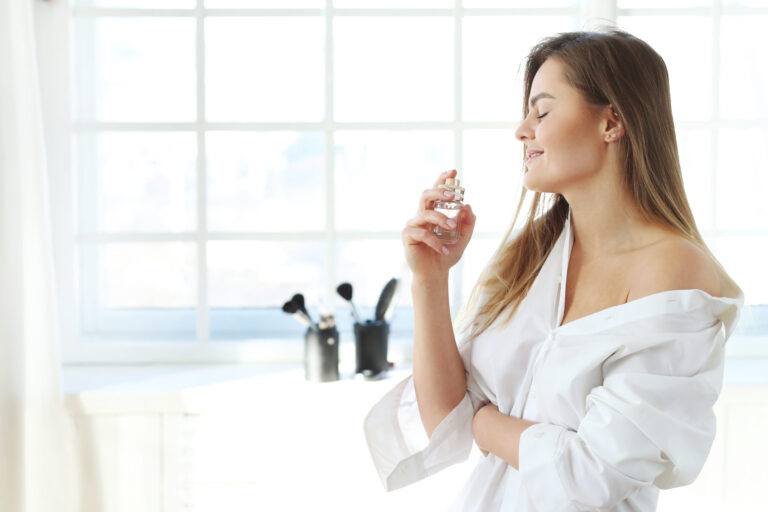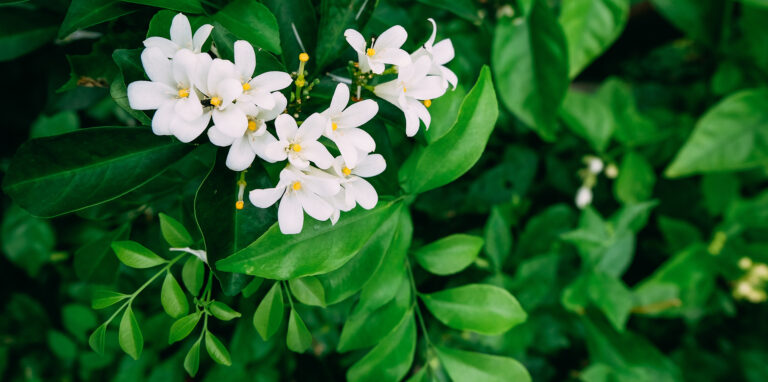The Use of Flowers in Perfumery: A Historical Perspective
Throughout the years, the use of flowers in perfumery has evolved significantly. During the European Renaissance, the art of perfumery experienced a notable rise. Royal courts, such as that of Catherine de Medici and her personal perfumer René le Florentin, were patrons of perfumery. The perfumers of the time explored new combinations of flowers, spices, and resins, creating complex and alluring scents.
The 19th-century industrial revolution also left its mark on the perfume industry. Technological advances facilitated large-scale production of perfumes, making fragrances more accessible. This era saw the rise of iconic perfume houses like Guerlain and Chanel, which helped define the olfactory trends of the time.
Extraction Methods
In the Middle Ages, the introduction of distillation alembics to Europe by Arab alchemists revolutionized the extraction of essential oils. This innovation allowed perfumers to explore a broader range of floral raw materials, sparking creativity in perfume composition.
The solvent extraction method, though more recent, also played a significant role in the development of modern perfumery. It expanded the perfumers’ palette by allowing the use of delicate and fragile flowers that cannot withstand the high temperatures of steam distillation.
In the 20th century, advances such as gas chromatography enabled more in-depth analysis of the aromatic components of flowers, opening up new possibilities for creating custom perfumes.
The Most Used Flowers
Lavender
Native to the Mediterranean region, lavender is a cornerstone of perfumery. Its relaxing properties and floral, herbal, and slightly sweet scent make it versatile. Lavender shines in compositions ranging from calming perfumes to fresh and invigorating notes. For example, we have combined it with the zesty and sweet blend of lemon and pineapple to create Grand Parfum Titan, a fragrance that truly stands out.
Rose
The rose, one of the first flowers used in perfumery and distilled into rose water, is a symbol of beauty and passion. It holds a special place in the perfume world. There are many varieties of roses, each offering distinct nuances. From the rich, deep Bulgarian roses to the light, fruity Turkish roses, this flower embodies love and elegance. It takes center stage in several of our perfumes, such as Private Man Club, where we blend it with the freshness of lemon and bergamot and the richness of amber for an intoxicating and sensual fragrance.
Jasmine
Known as the “king of flowers” in many Asian cultures, jasmine emits a sweet, floral, and sensual aroma. Its delicate harvesting, often done at night when the flower blooms, helps preserve its precious essence. Jasmine perfumes evoke images of exotic gardens and starry nights. Whether it’s enhanced with notes of sandalwood and musk in Deeply Sky or with a softer touch in Lolly Rose, jasmine is sure to captivate you.
Gardenia
Gardenia, with its pure white petals, symbolizes innocence and grace. Its creamy and sweet scent fits perfectly into floral compositions. Primarily used in feminine perfumes, gardenia adds a velvety and enchanting touch. Discover it mixed with notes of bergamot and amber in Elysée Star.
Orange Blossom
Orange blossom, from the bitter orange tree, exudes a sweet, floral, and slightly citrusy fragrance. It is often used in oriental and citrus perfumes. Orange blossom brings a bright and refreshing note, evoking sunny Mediterranean landscapes. You’ll find it blended with jasmine in Love Sense, creating a fresh and gourmand fragrance.
As we conclude this olfactory journey through the captivating world of perfumery, guided by the refined essence of Prestige, we invite you to immerse yourself in the timeless allure of flowers.




